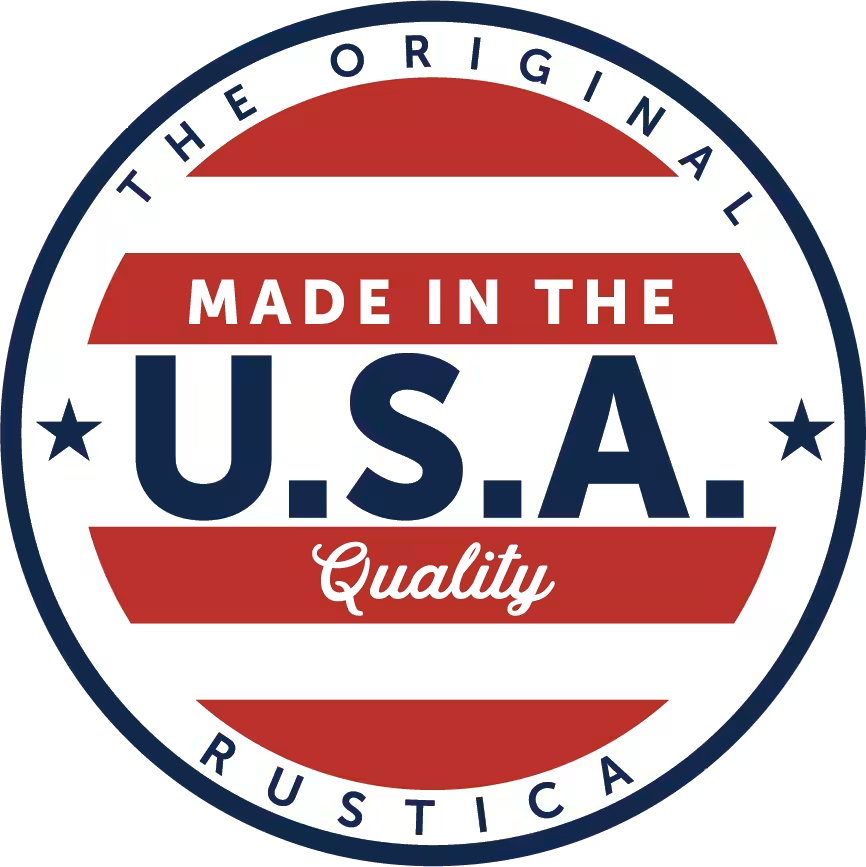Best Weatherstripping for Doors
- Felt Weatherstripping
- Foam Tape Weatherstripping
- V-Strip Weatherstripping
- Door Sweeps
- Tubular Rubber, Vinyl, or Silicone Weatherstripping
- Magnetic Weatherstripping
What is Weatherstripping?
Weatherstripping (also known as weatherstrip) is a material used to seal the thin air gap around windows and doors. It is usually long and thin, and comes in a variety of materials, including rubber, metal, foam, and vinyl. It creates a tight seal around the door gap without interfering with the door’s function. There are many ways weatherstripping can be applied to doors, which we’ll explore below.Best Weatherstripping for Doors
Now that we’ve covered what weatherstripping is and why it’s necessary for your exterior doors, let’s dive into your different weatherstripping options. Which weatherstrip type you choose will depend on your budget, climate, door location, and frequency of use. It’s also important to note that you can use more than one type of weatherstripping. For instance, you may use one type for the bottom of the door and another for the door frame.1. Felt Weatherstripping
Felt weatherstripping is an affordable, easy-to-install option for preventing drafts and reducing energy loss around doors. It usually comes in a roll and has an adhesive back. Some brands of felt weatherstripping have to be nailed, tacked, and stapled into the wall. With felt weatherstripping, you can cut to the length you need, making it a versatile option.- Affordable
- Simple to install
- Flexible for small gaps
- Versatile (can be cut to the length you need)
- Not very durable
- Ineffective in harsh weather
- Limited protection against moisture and pests
- Lower lifespan
2. Foam Tape Weatherstripping
Foam tape weatherstripping is similar to felt weatherstripping in that it comes on a roll and most versions have an adhesive back. It is a step above felt weatherstripping in quality and durability.- Affordable
- Easy to Install
- Relatively durable
- Creates a tight seal
- Less durable for high-traffic exterior doors
- Visible
3. V-Strip Weatherstripping
V-strip weatherstripping (also known as a tension seal) is a popular weatherstripping option due to its long-lasting effectiveness. This type of weatherstrip is shaped like a V to bridge the gap between the door and the door frame. When the door is closed, this shape creates a tight seal by pressing against the sides of the gap. It effectively blocks out air, moisture, debris, and insects.- Durable and effective
- Long-lasting
- Invisible
- Moderately priced
- Metal v-strips can be difficult to install (vinyl is easier)
- Vinyl requires a flat surface for proper installation
- More expensive than felt or foam tape
- Can cause some resistance when opening or closing the door
4. Door Sweeps
A door sweep closes the gap between the door bottom and the threshold. This gap is usually the largest between the door and frame, so it can let in cold air, dirt, and even small rodents. As such, a strong and sturdy door sweep is important for exterior doors.- Reduces air leakage, dirt, and pests from entering the home from beneath the door.
- Easy to install
- Highly durable
- Best weather strip option for door bottom
- Moderate to high price depending on brand, material, and durability
- Visible
- Can drag on carpet
5. Tubular Rubber, Vinyl, or Silicone Weatherstripping
Tubular weatherstripping features a rounded rubber, silicone, or vinyl tube attached to the mounting strip. The mounting strip is either self-adhesive or needs to be nailed or stapled into the door jamb.- Durable and long-lasting
- Flexible
- Creates a tight air seal
- Affective for harsh weather
- Reduces outdoor noise
- Moderately priced
- Can be visible depending on type
- Can be challenging to install
6. Magnetic Weatherstripping
Long-lasting and durable, magnetic weatherstripping is a premium sealing option. It is ideal for steel doors, but can also be used for wood doors with magnetic reinforcement. Magnetic weatherstripping is similar in appearance and function to tubular weatherstripping. However, it creates an even more effective seal because the magnets hold the door firmly against the weatherstrip.- Creates a tight air seal
- Highly durable and long-lasting
- Ideal for steel doors
- Perfect for heavily-used exterior doors
- May not be suitable for wood doors without additional magnetic reinforcement
- Can be difficult to install
- More expensive than other weatherstripping options
How to Install Weatherstripping
Choosing the right weatherstripping for your door is only the first step. Once you've chosen the right weatherstripping from your local home improvement store, it's time to install it.1. Gather Tools
You’ll need your new weatherstrip, cleaning supplies, scissors, and a measuring tape. For products that need to be nailed or screwed into the wall, you’ll need a hammer and nails or a screwdriver.2. Remove Old Weatherstripping and Clean the Surface
Before installing the new weatherstripping, you’ll need to pull out the old weatherstripping. Then, clean the door jamb and all three narrow sides of the door (top and sides). Clean the door bottom if installing a door sweep. Use a gentle cleaner and a non-abrasive cloth or paper towel.3. Measure
Before cutting your weatherstrip, measure the length of the door jamb on either side of the door and the top of the door. If you’re weatherstripping the entire door frame, you’ll need three measurements: the left door jamb, the right door jamb (should be the same measurement as the left), and the top of the door.For a door sweep, measure the length of the bottom of the door and the distance from the door to the floor.
4. Install Weatherstripping
Firmly apply self-adhesive weatherstripping around the door jamb. For weather strips that require nails, use nails or screws every few inches. Apply the door sweep to the bottom of the door. For this step, follow the manufacturer's instructions for proper installation.5. Check Weatherstripping
After installing the door sweep and the weatherstripping around the door, open and close the door a few times. Thoroughly inspect the door gap, making sure it is fully sealed. Look for any air gaps and make sure the door still functions smoothly.6. Maintenance
About every six months, check the weatherstripping on your doors and windows to ensure they are still in good working order. If you notice any cracks, damage, or air leaks, remove the old weatherstripping and install a new one.Prevent Drafts with High- Quality Weatherstripping for Doors
The last thing any homeowner wants is a drafty home and high energy bills. Prevent drafts, moisture, insects, and noise by installing high-quality weatherstripping on all your exterior doors.The best weatherstripping option for you depends on your budget, climate, and how frequently the door is used. Make sure to choose the right weatherstripping for your door to ensure long-lasting quality and durability.







